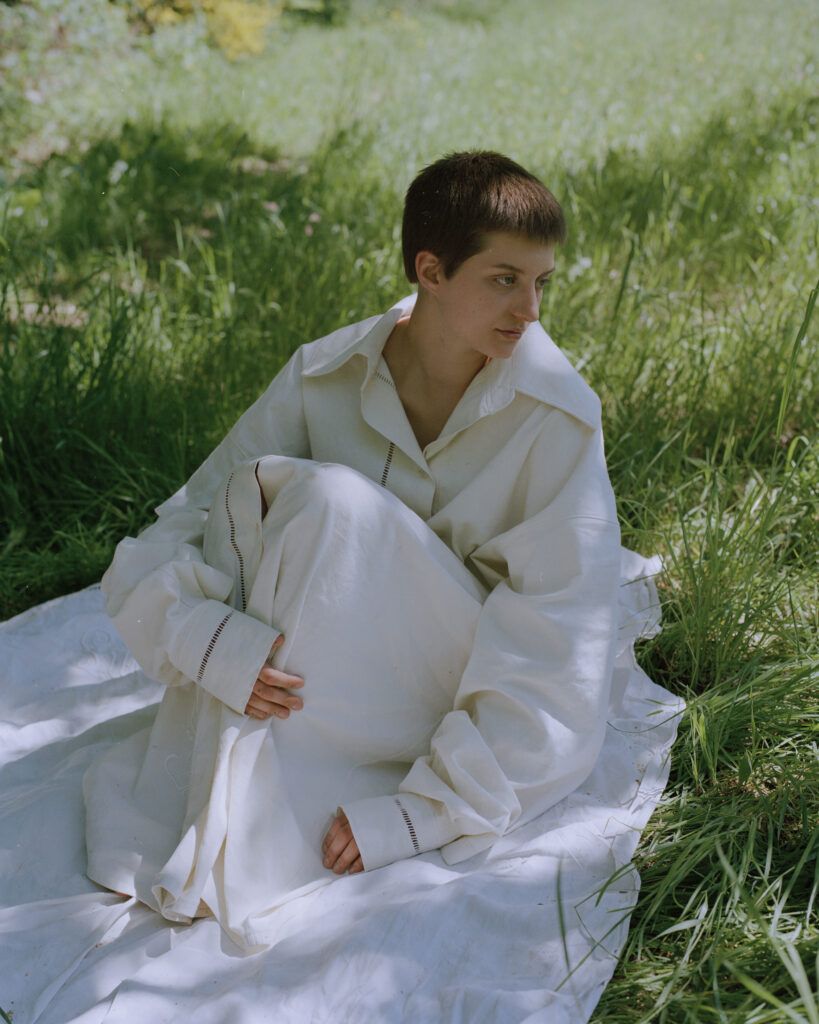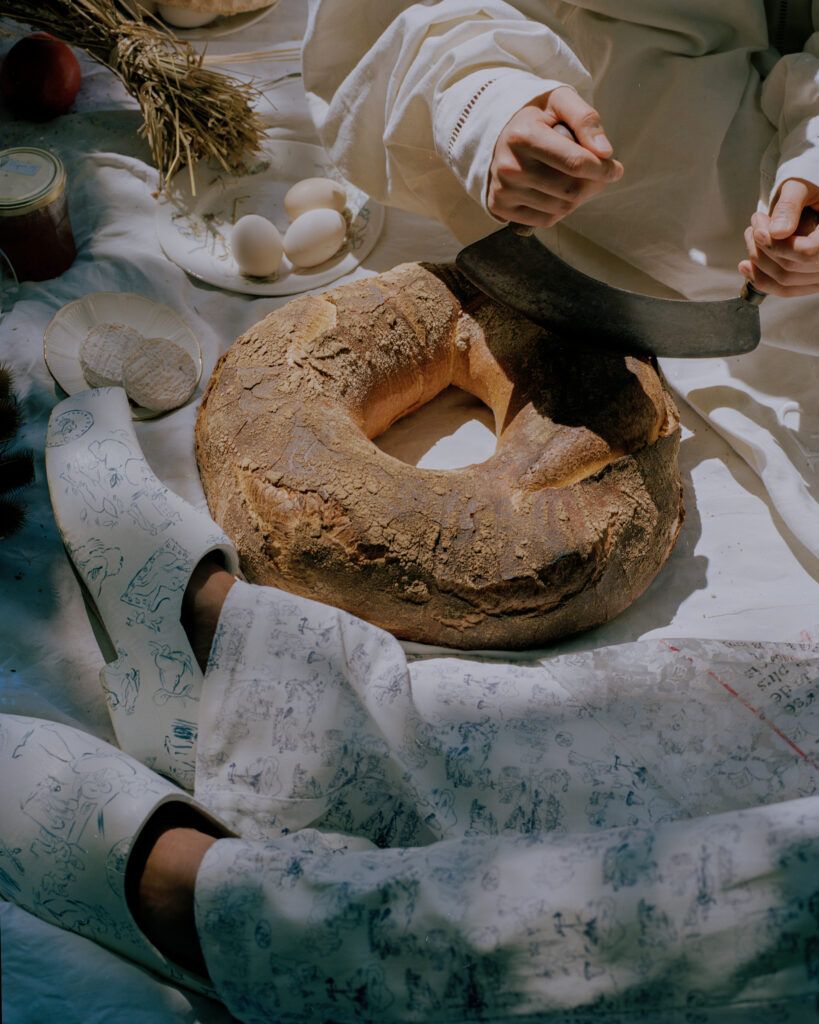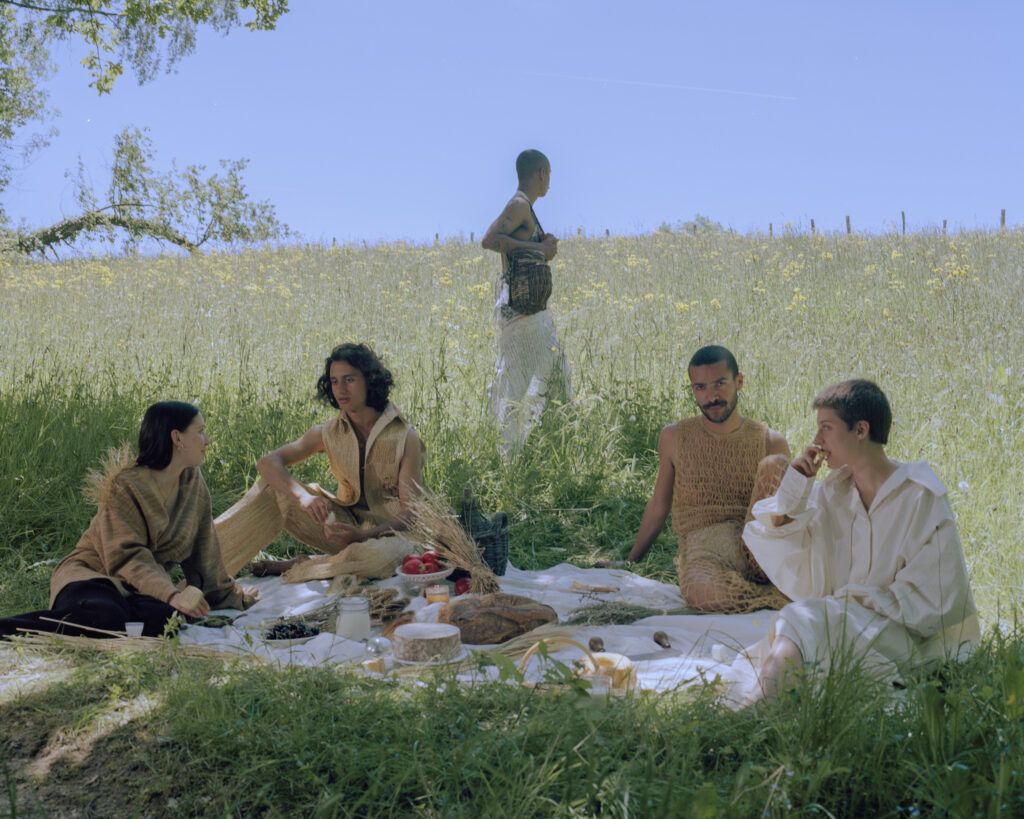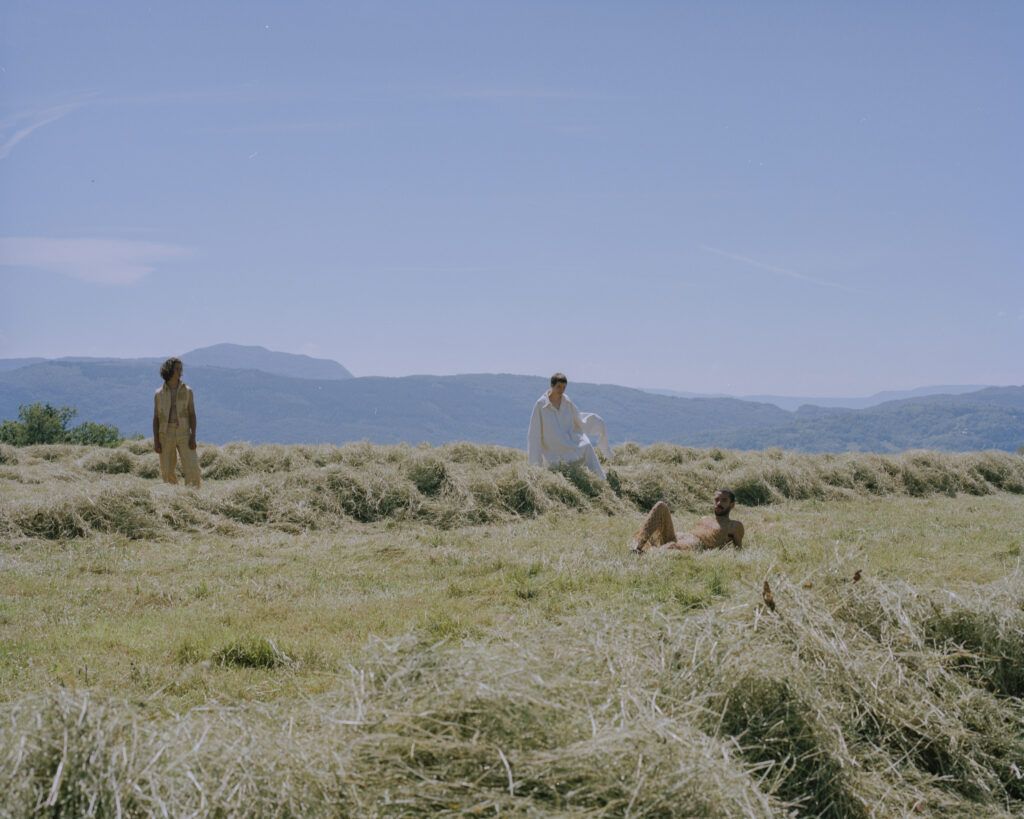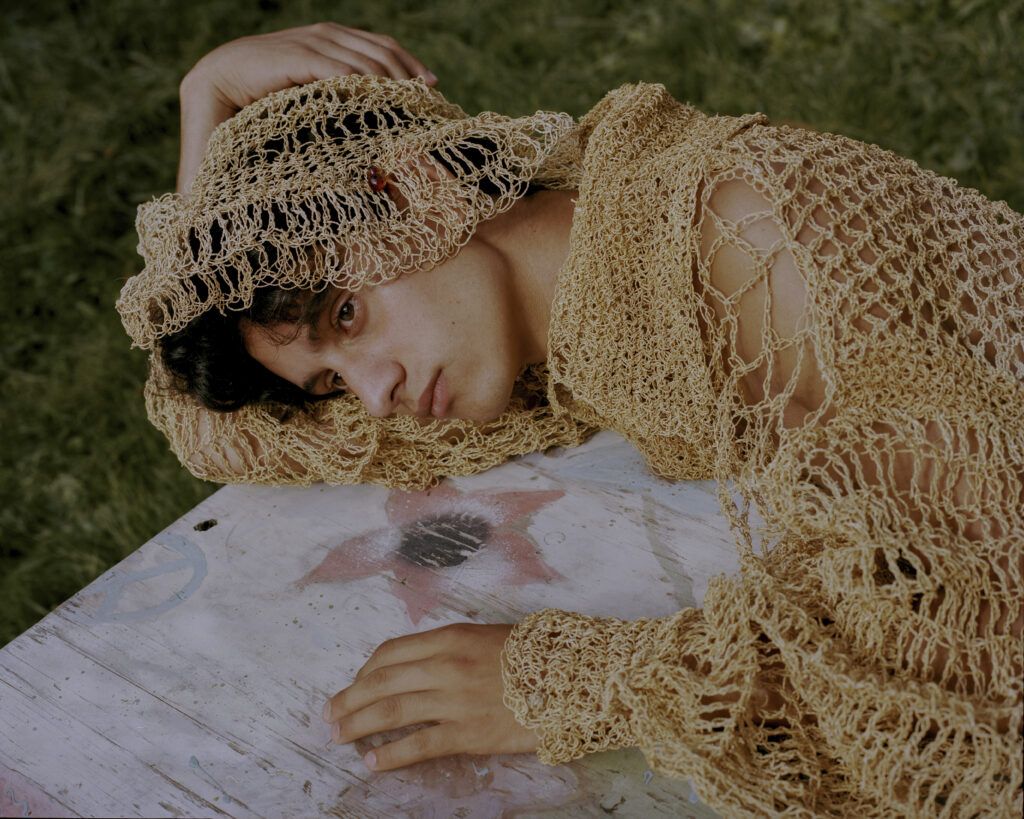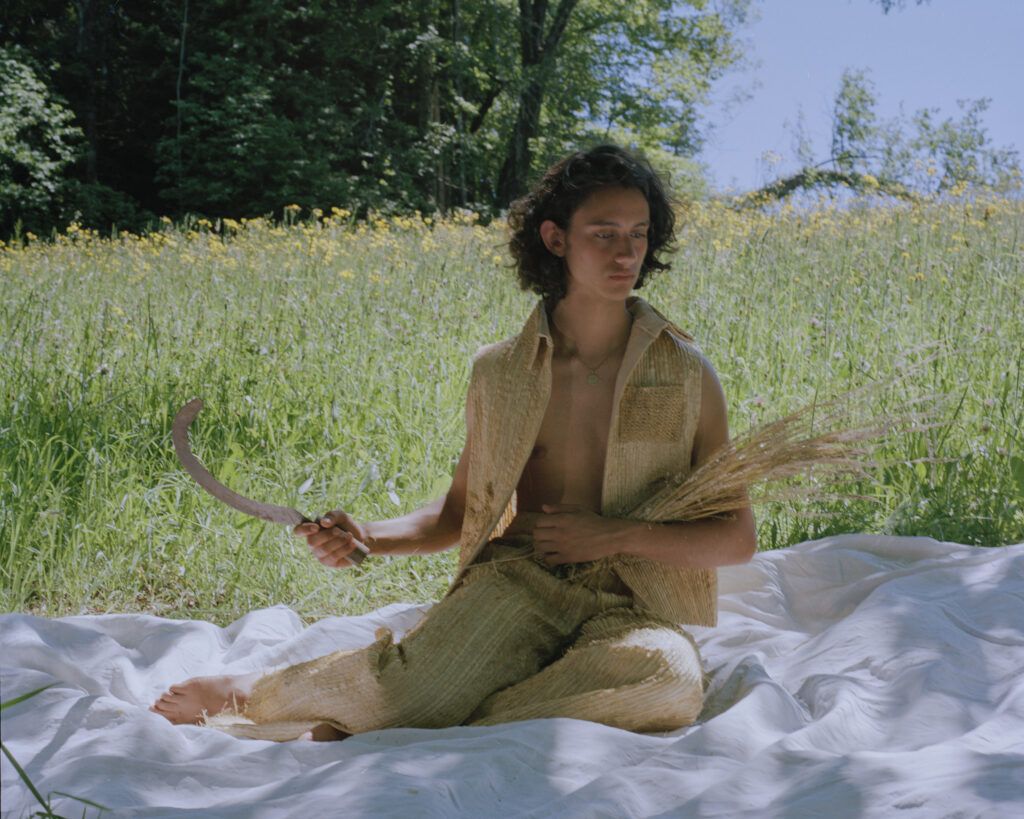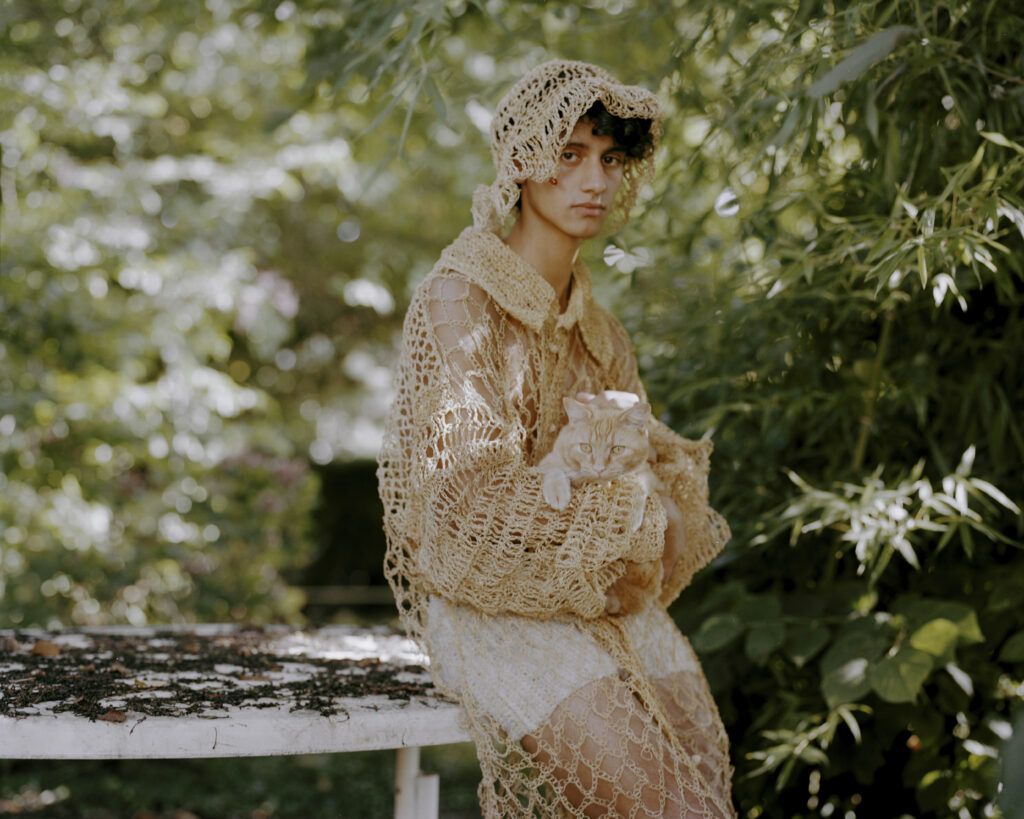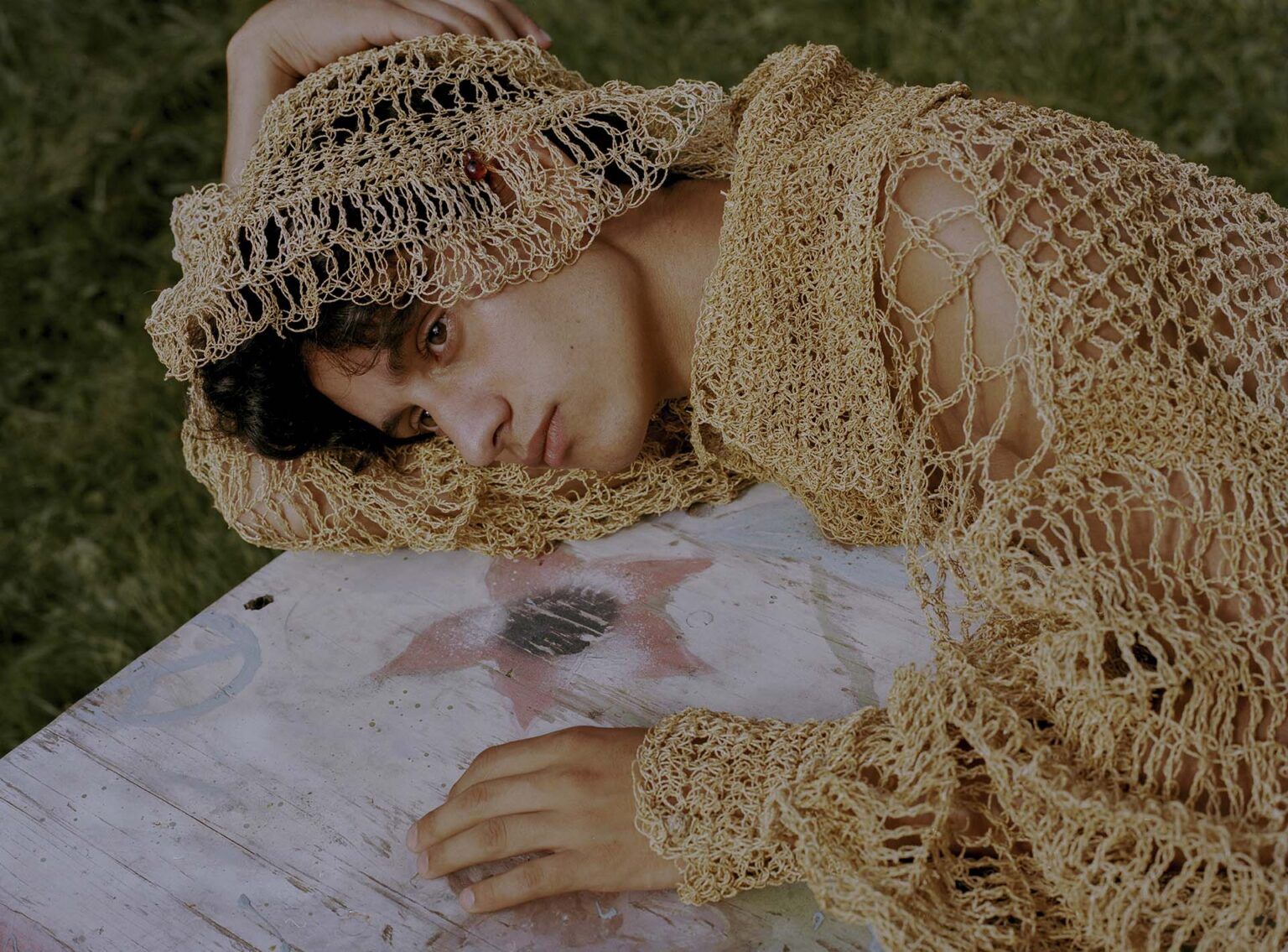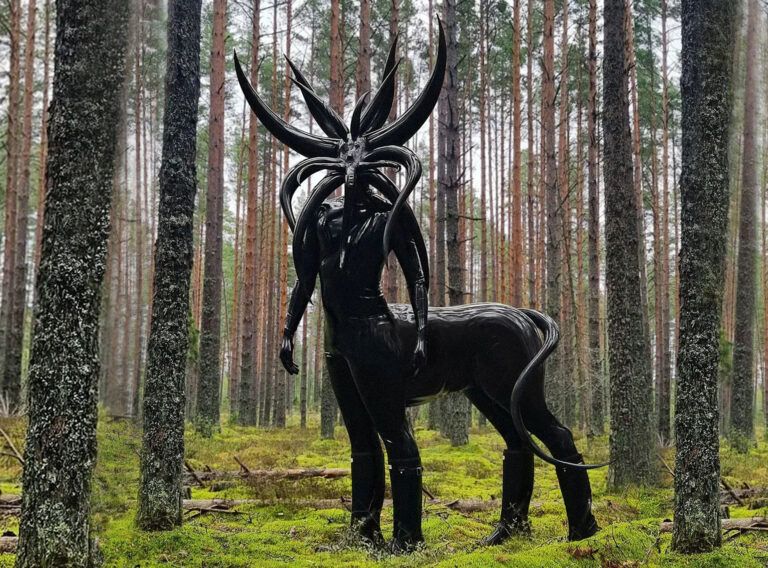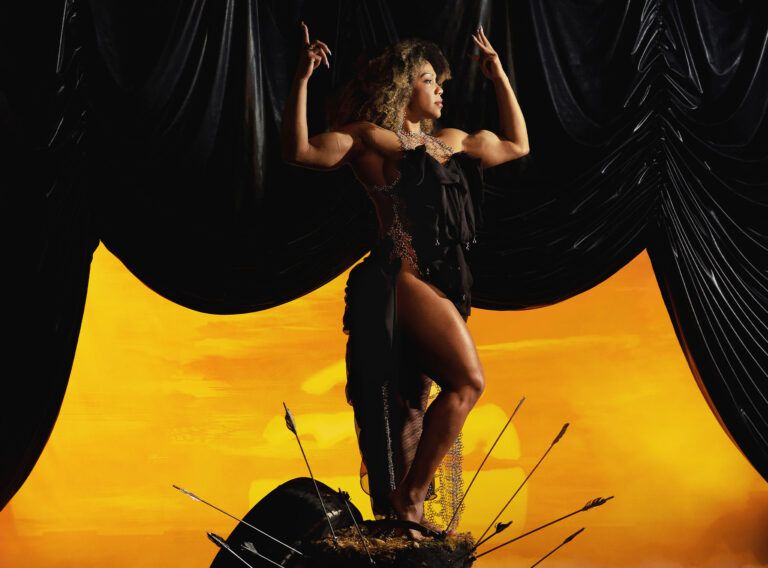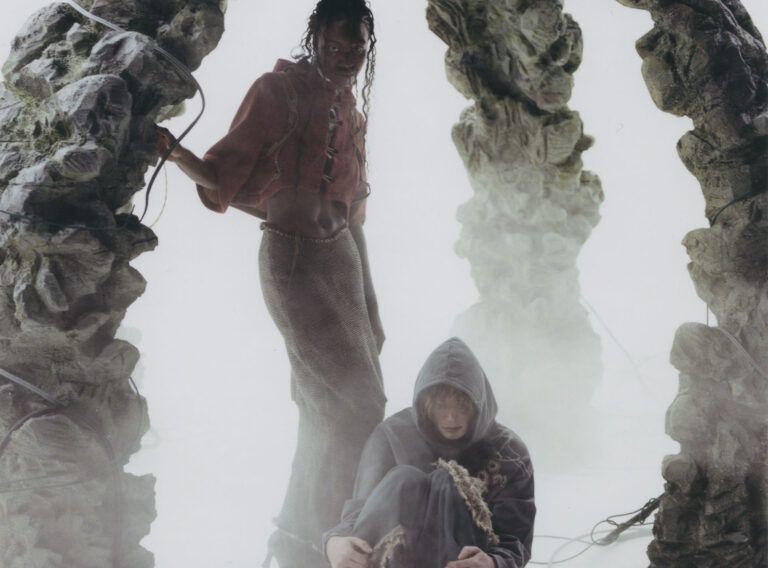WORDS BY THE AUTHOR / The Almanac collection takes inspiration from the popular imagery of the Savoyard almanac. In each village, they knew how to work with wood, iron and wicker, in each house, they knew how to embroider, spin, knit, card, and work with straw. Domestic know-how passed down from generation to generation, with the love of fine craftsmanship.
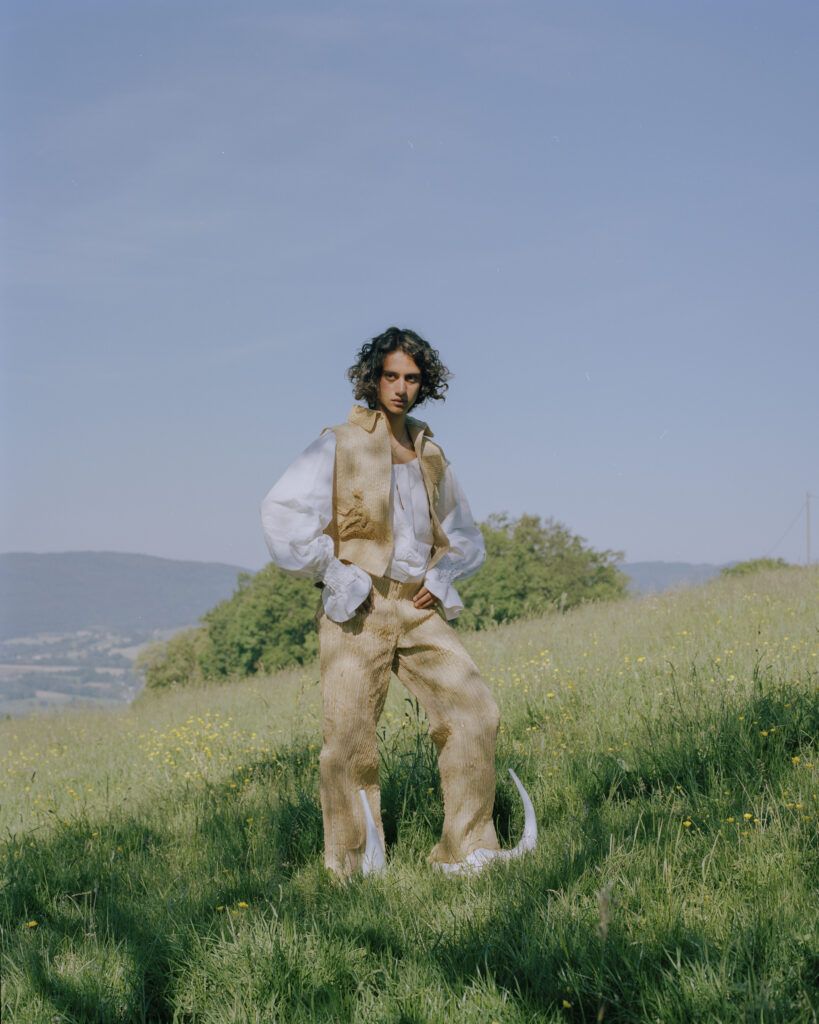
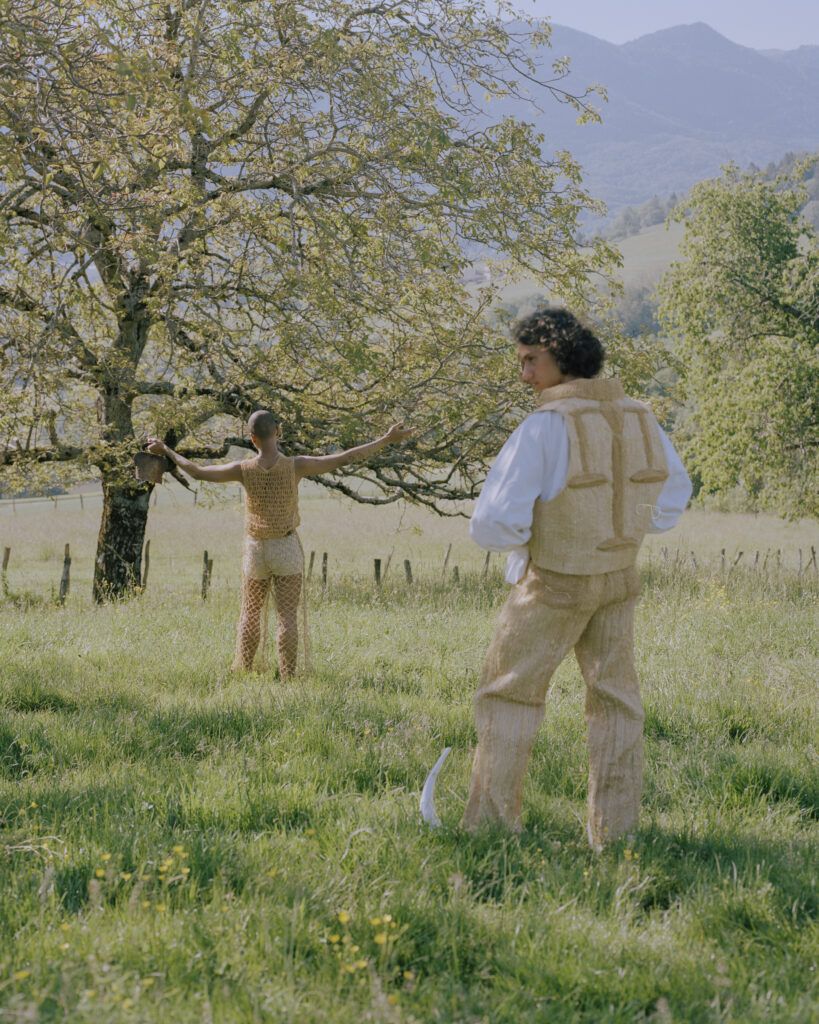
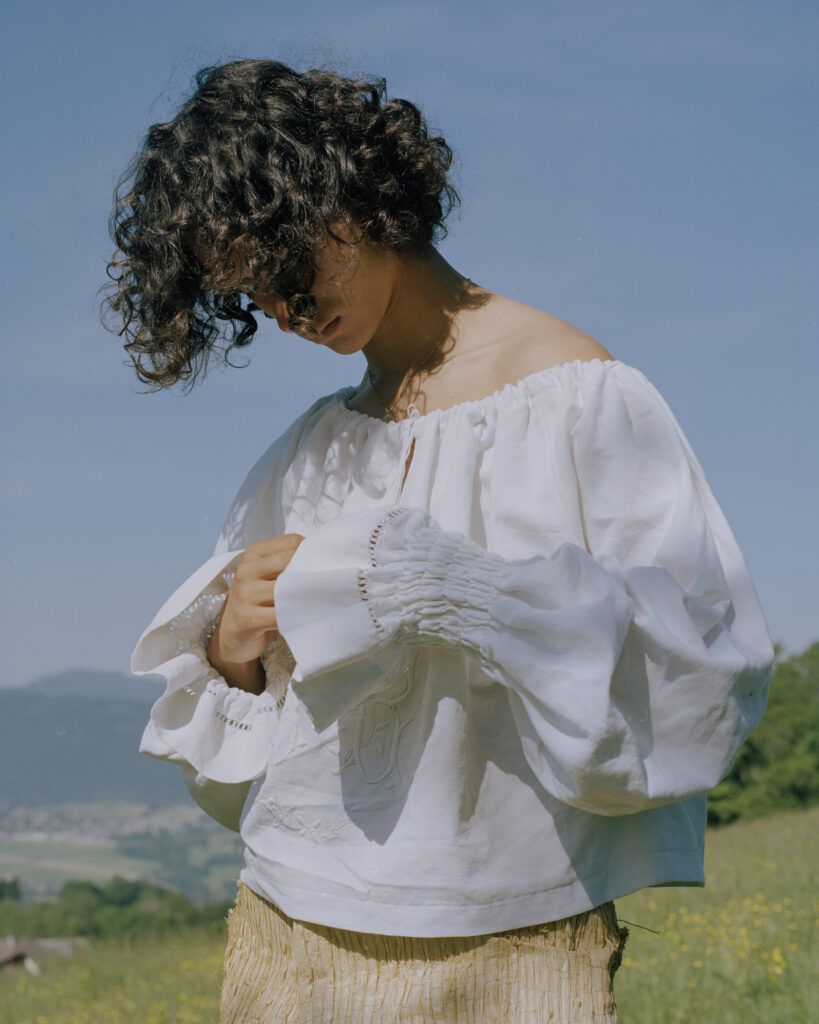
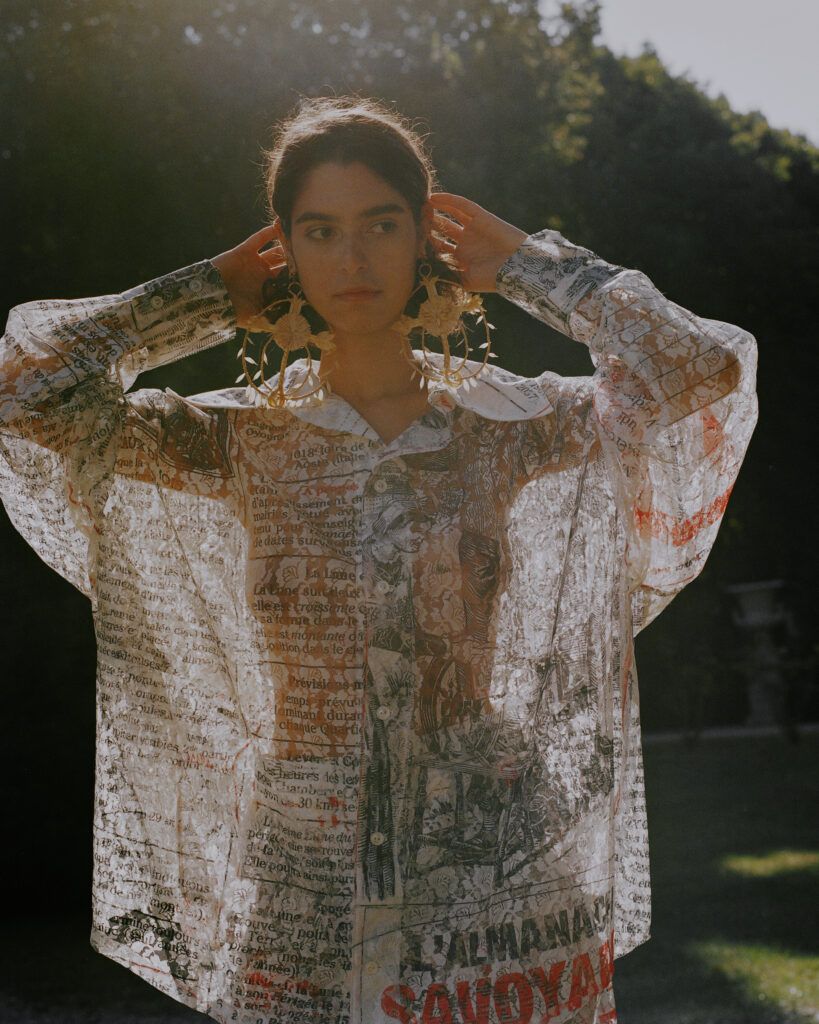

"The Almanach collection allowed me to reconnect with those who still know these gestures, to shape together wicker accessories, straw jewelry, glass beads, hand-spun wool… "
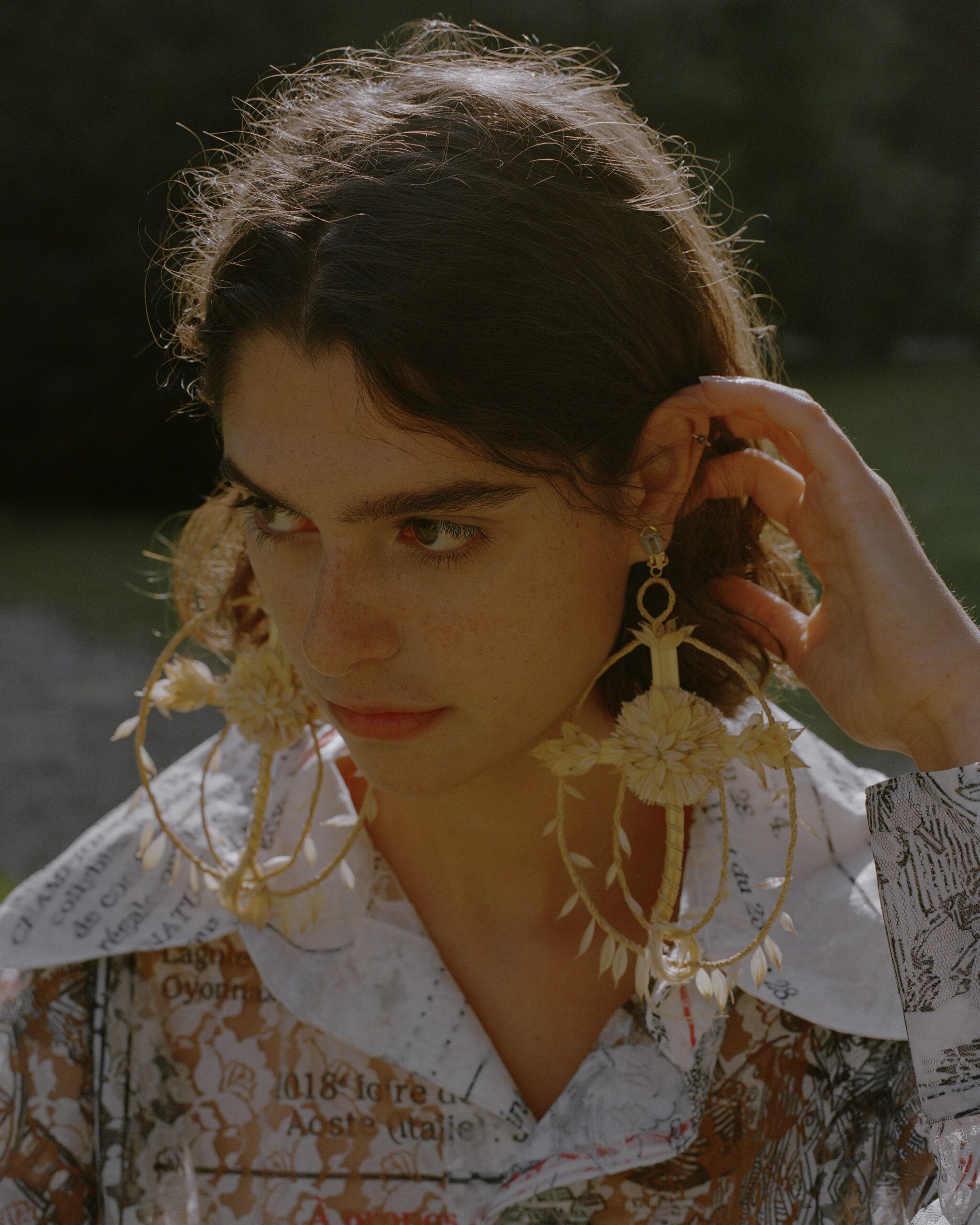
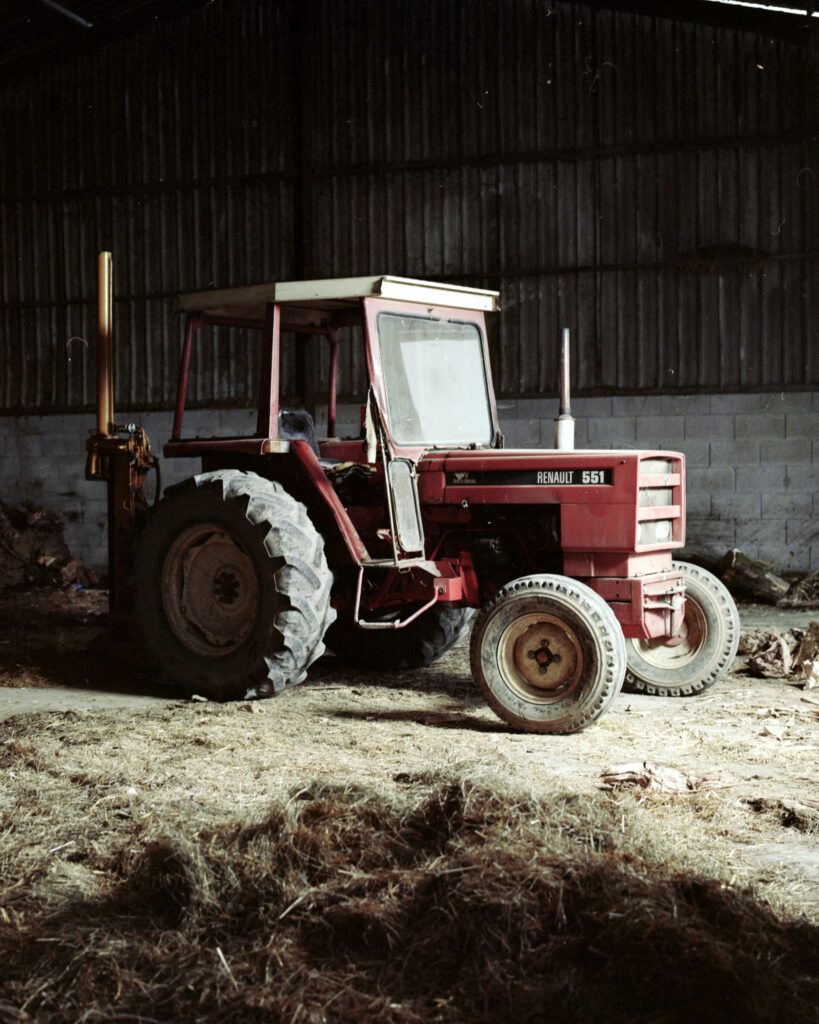
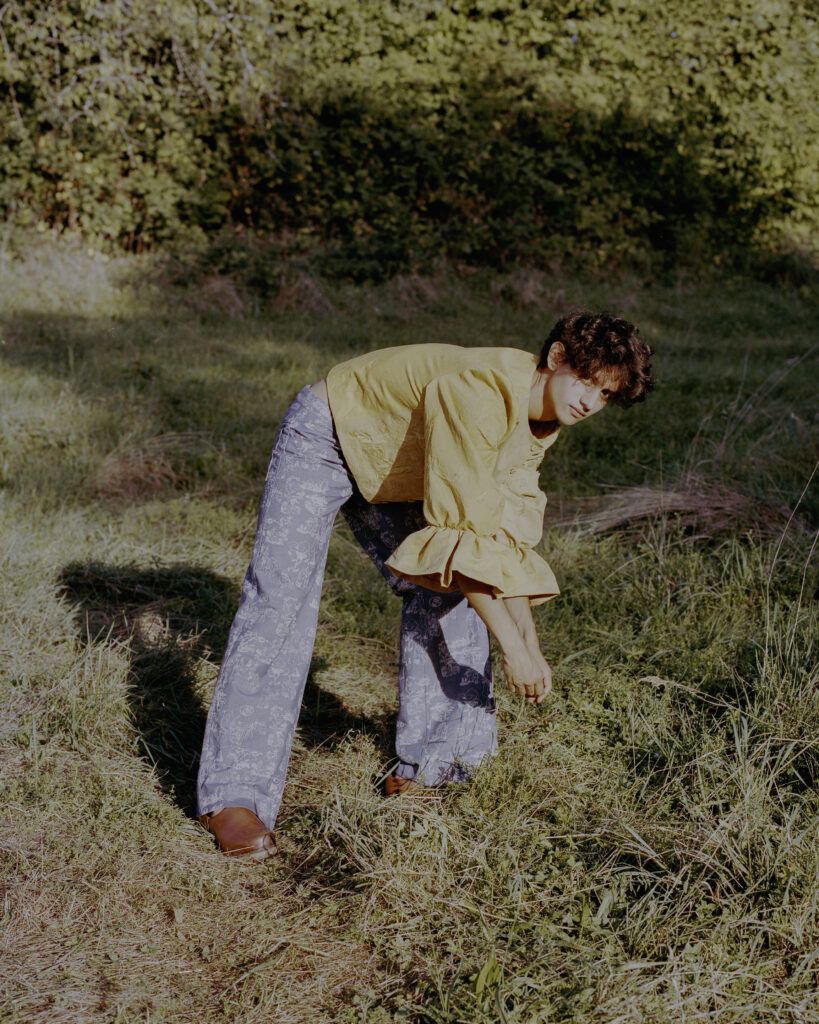
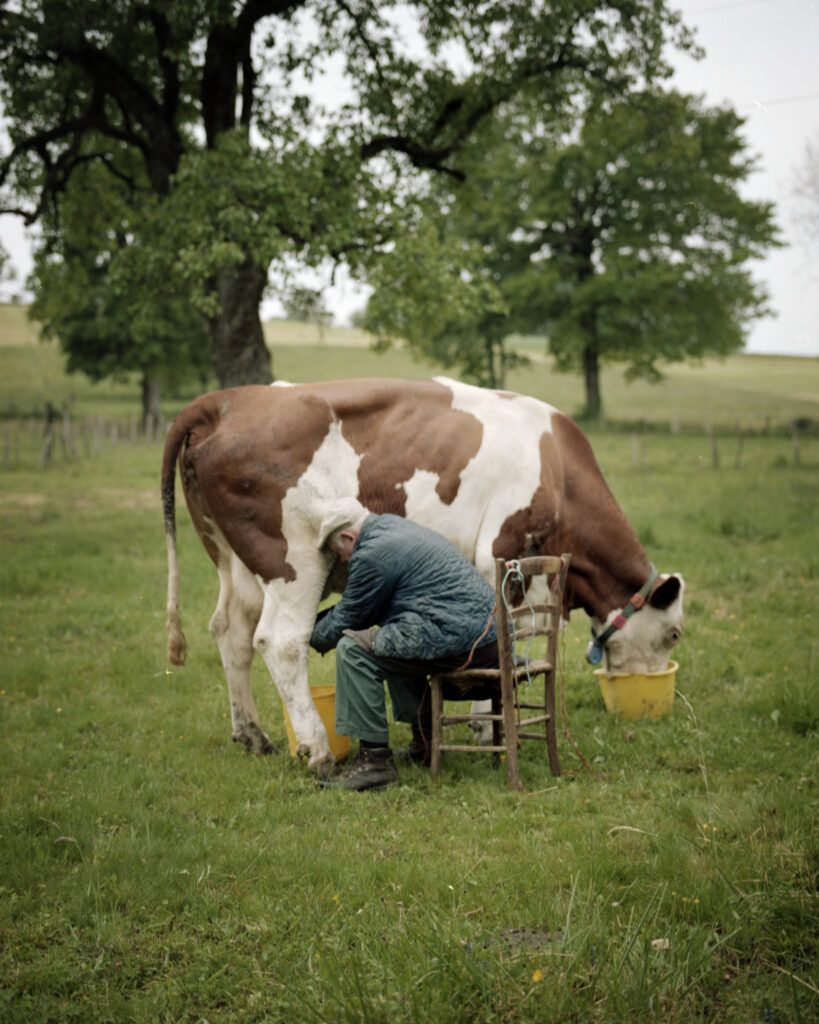
My collection is called “Almanach” because I wanted to integrate the human dimension of these men and women: giving them a face, restoring their culture, their imagery, their calendar of festivals and work.
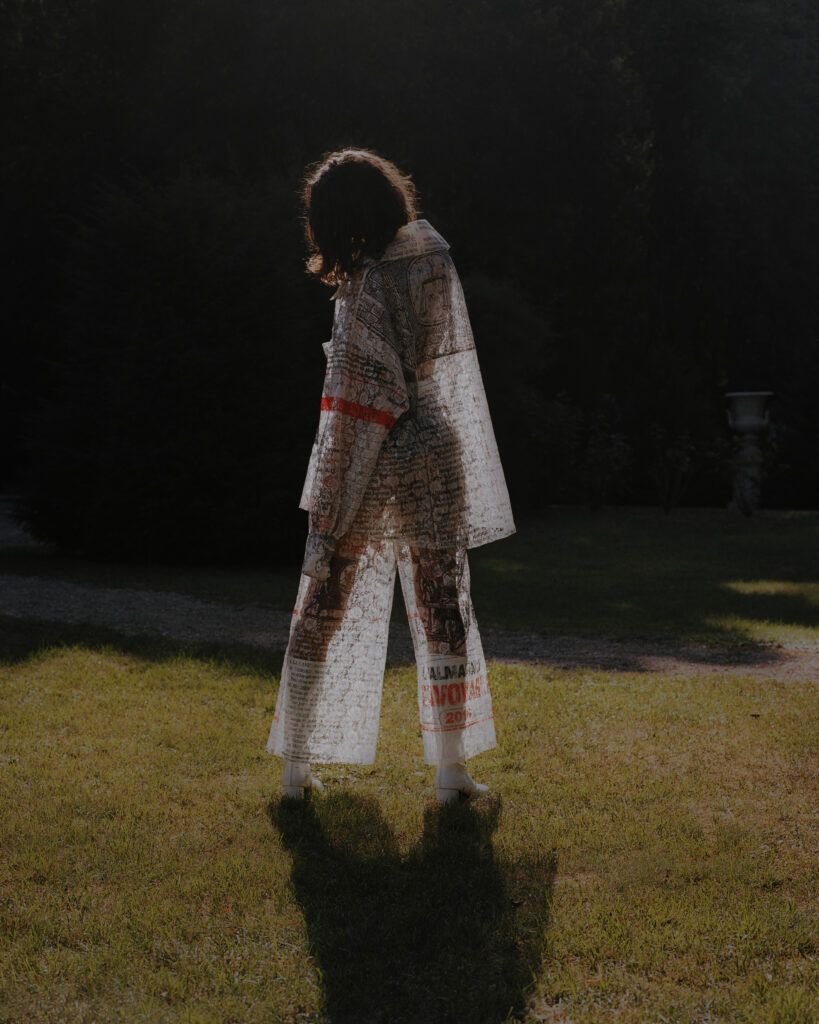
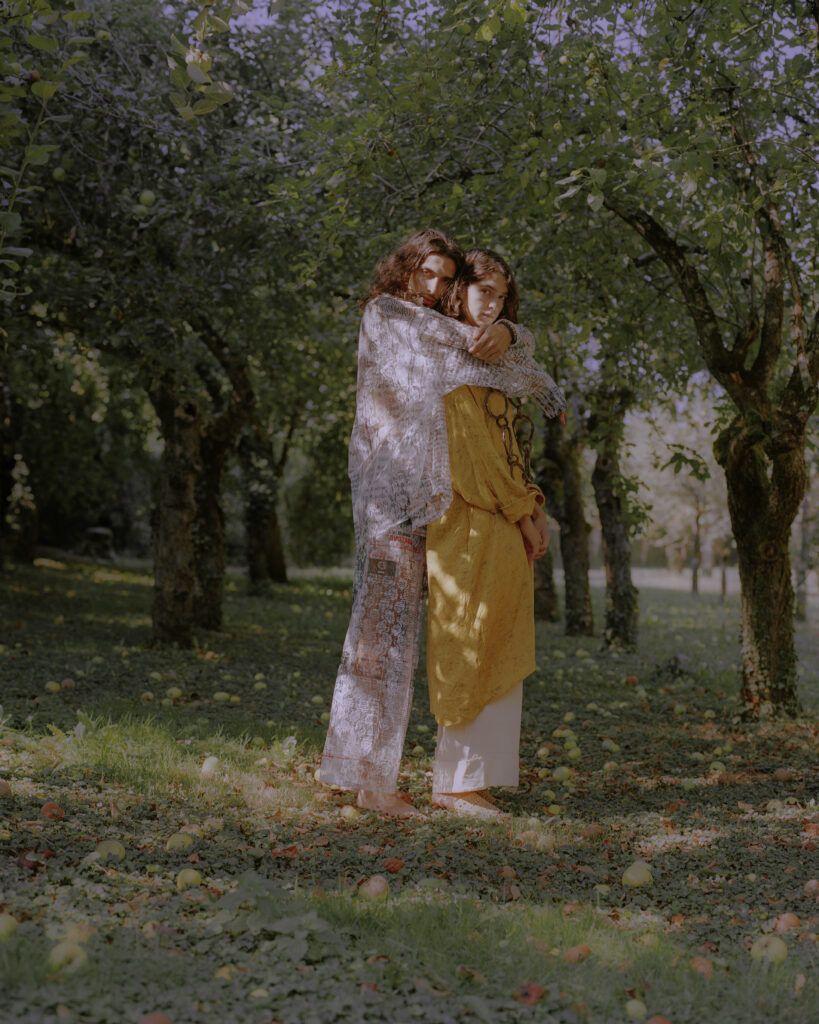
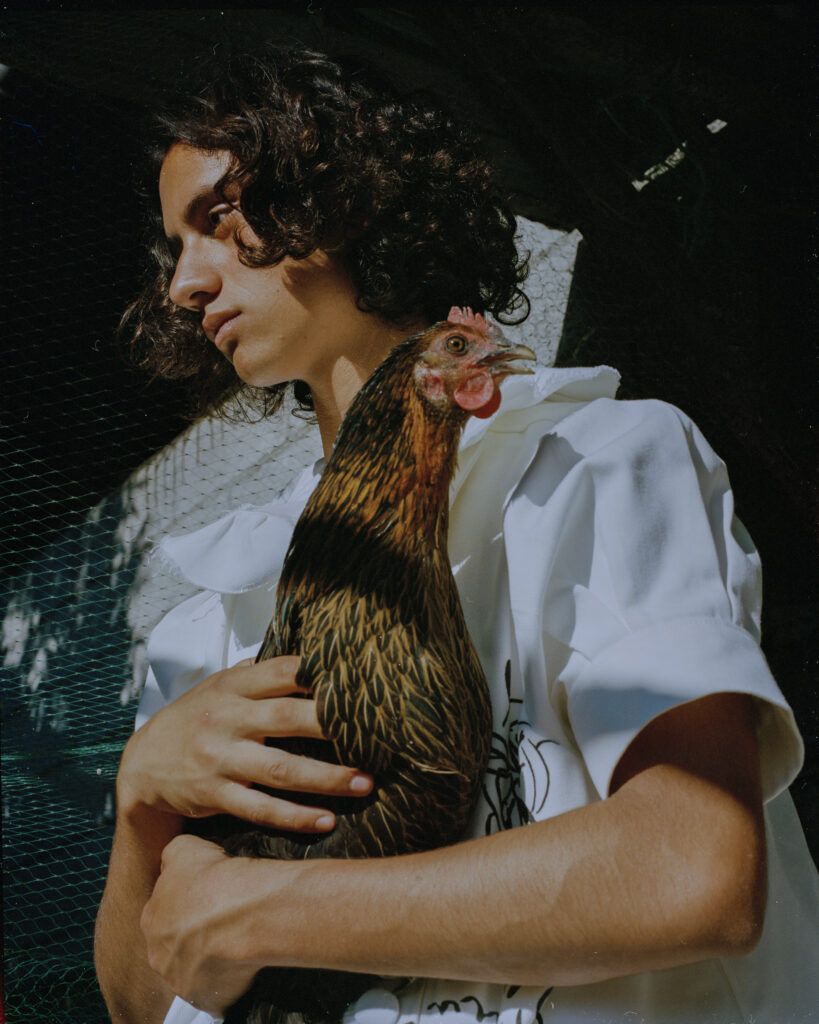

Emma Bruschi uses territory as raw material, drawing inspiration from places that are personal to her.
